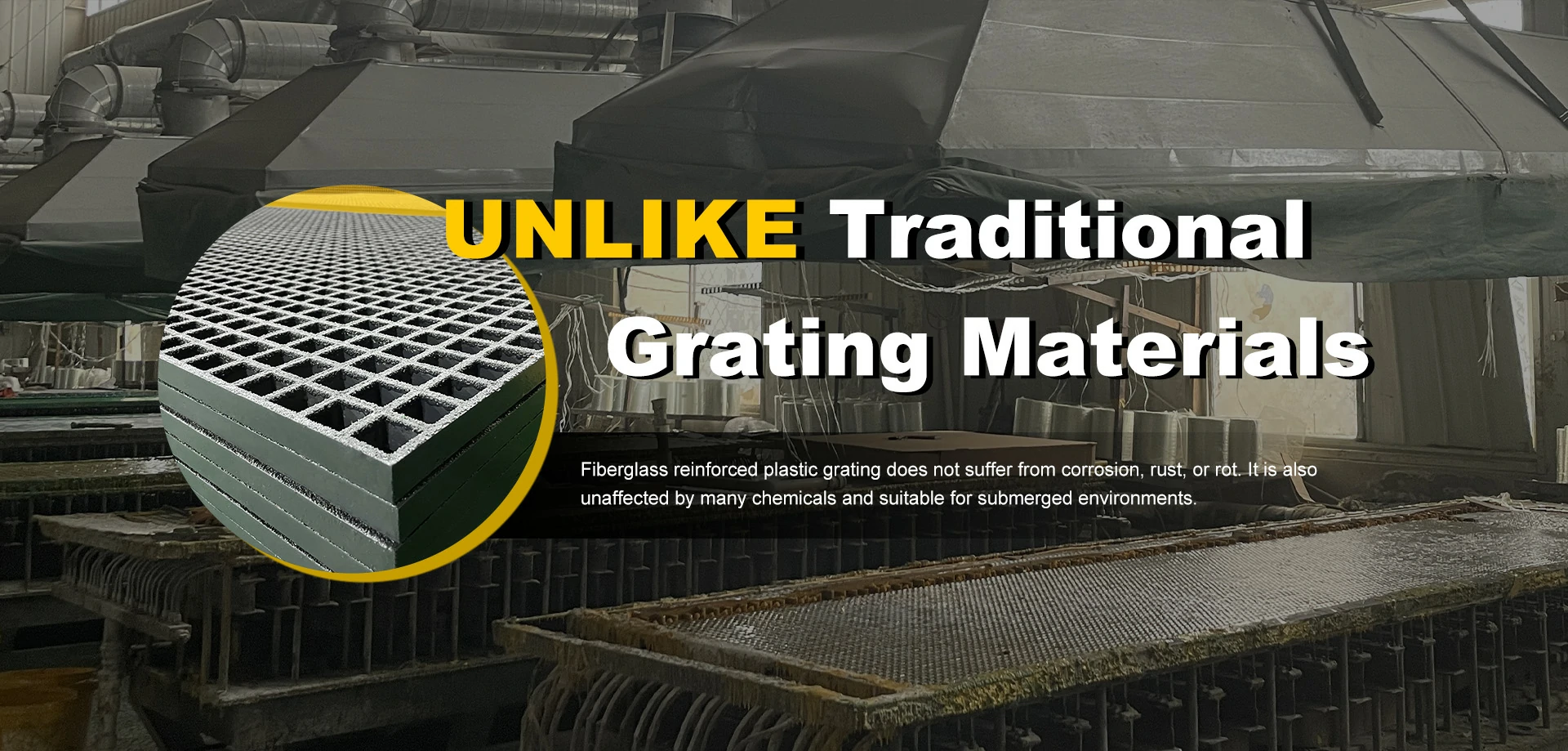loading...
- No. 9, Xingyuan South Street, Dongwaihuan Road, Zaoqiang County, Hengshui, Hebei, China
- admin@zjcomposites.com
- +86 15097380338
- Welcome to visit our website!
Innovative Solutions for Strengthening Structures with FRP Bars
The Role of FRP Bars in Modern Construction
Fiber Reinforced Polymer (FRP) bars have emerged as a transformative material in the construction industry, offering several advantages over traditional reinforcing methods like steel rebar. With increasing demands for durable, lightweight, and corrosion-resistant materials, FRP bars are finding their place in various applications, from bridges to high-rise buildings.
Understanding FRP Bars
FRP bars are composite materials made from a polymer matrix reinforced with fibers, typically glass, carbon, or aramid. This combination provides exceptional tensile strength while remaining significantly lighter than steel. The lightweight nature of FRP bars makes them easier to handle and install, reducing labor costs and improving efficiency on construction sites.
Another defining characteristic of FRP bars is their corrosion resistance. Unlike steel, which is prone to rust and degradation when exposed to moisture and chemicals, FRP bars maintain their structural integrity even in harsh environments. This property makes them particularly advantageous in areas subjected to saltwater, chemicals, or extreme weather conditions, where traditional reinforcing materials often fail.
Applications in Construction
FRP bars are widely used in various construction applications, particularly where longevity and durability are paramount. One of the most significant applications is in the construction of bridges. Many existing bridges are suffering from corrosion-related damage due to exposure to de-icing salts and moisture. By incorporating FRP bars into new bridge designs or retrofitting existing structures, engineers can enhance the lifespan and reliability of these critical infrastructure elements.
Additionally, FRP bars are increasingly utilized in the construction of residential buildings, parking garages, and industrial structures. For instance, the use of FRP bars in concrete slabs and walls provides a sustainable solution that minimizes maintenance costs for building owners over time. Their non-magnetic properties also render them suitable for use in structures that house sensitive electronic equipment, as they do not interfere with electromagnetic fields.
frp bar

Sustainability and Environmental Impact
Sustainability is another compelling reason for the growing popularity of FRP bars. As societies become more environmentally conscious, the construction industry faces pressure to reduce its carbon footprint. FRP bars can contribute to this objective through their remarkable durability, which results in less frequent repairs and replacements. Moreover, the manufacturing processes of FRP materials can be designed to be more energy-efficient than traditional steel production, further reducing their environmental impact.
The recyclability of FRP materials is also becoming an area of interest. While it was once a challenge to recycle composite materials, advancements in technology are now making it feasible to reclaim and reuse fibers from FRP after their lifespan is over. This innovation could lead to a significant reduction in waste and added value for construction projects.
Challenges and Future of FRP Bars
Despite the many advantages, the adoption of FRP bars in construction is not without challenges. Variability in material properties and the higher initial costs compared to traditional steel reinforcement can be deterrents for some construction projects. Additionally, the industry still needs more standardized testing and certifications to ensure the reliability and performance of FRP in various conditions.
Looking ahead, continued research and development are expected to advance the properties and applications of FRP bars. As the industry pushes for innovative solutions to meet the demands of modern infrastructure, FRP technology may evolve further, offering even greater performance and sustainability benefits.
In conclusion, FRP bars represent a significant advancement in construction materials. Their unique properties provide solutions to many of the challenges faced in traditional construction, positioning them as a viable alternative in various applications. As the construction industry continues to innovate, FRP bars may play a pivotal role in the future of sustainable and durable building practices.
-
Transform Your Spaces with FRP Grating SolutionsNewsNov.04,2024
-
The Versatility and Strength of FRP RodsNewsNov.04,2024
-
The Excellence of Fiberglass Water TanksNewsNov.04,2024
-
The Benefits of FRP Grating for Your ProjectsNewsNov.04,2024
-
Elevate Your Efficiency with FRP Pressure VesselsNewsNov.04,2024
-
Welcome to the World of FRP Pressure VesselsNewsOct.12,2024
-
Unveiling the Future of Filtration: Why FRP Filter Vessels are a Game ChangerNewsOct.12,2024
